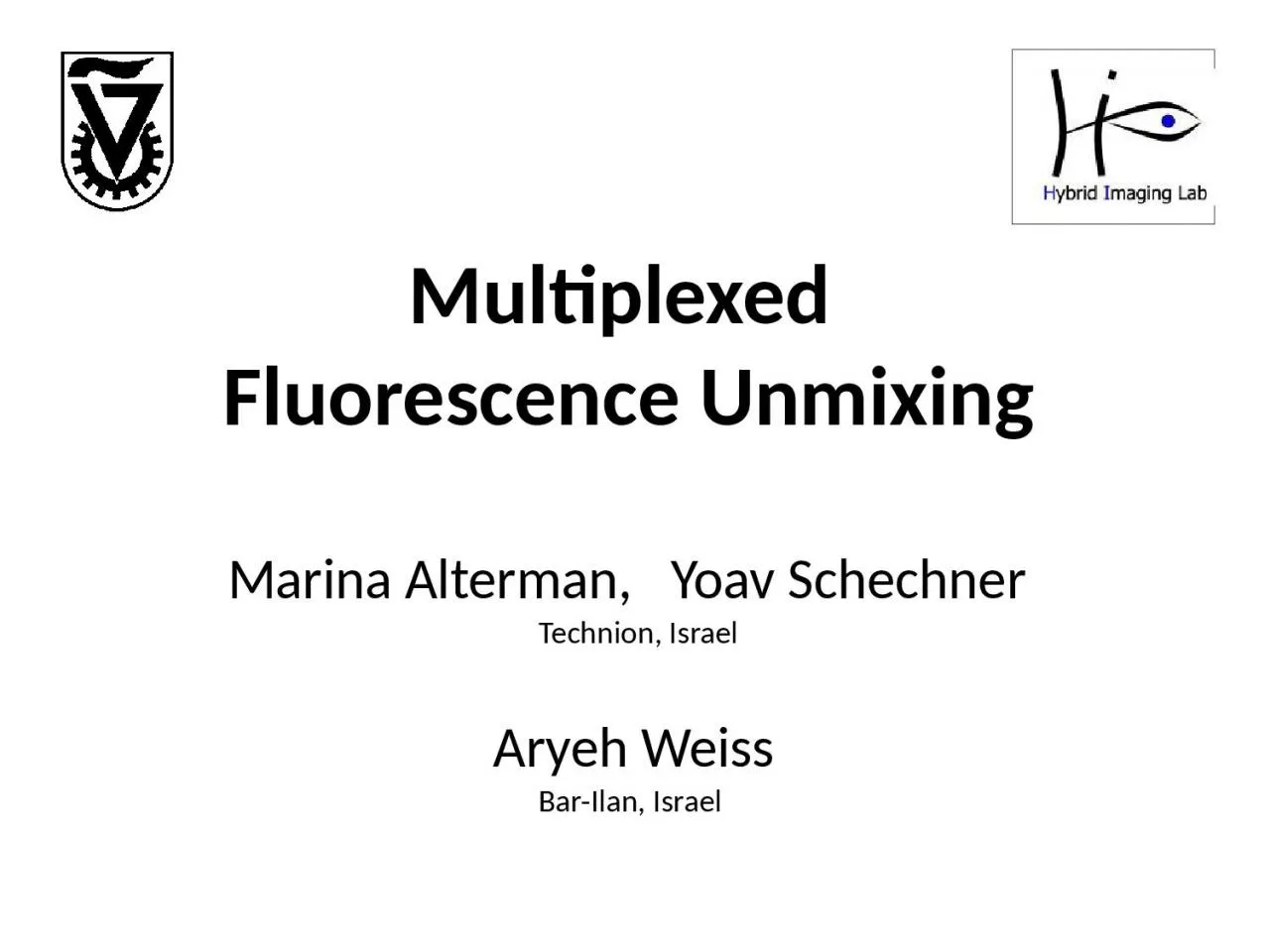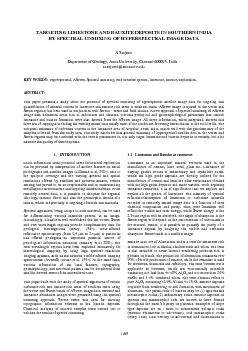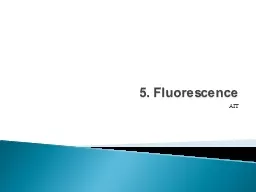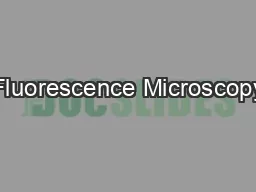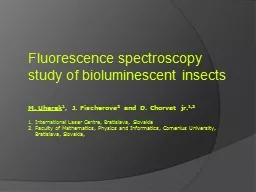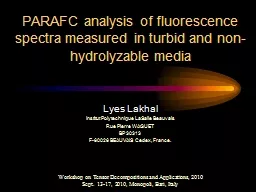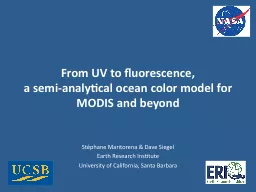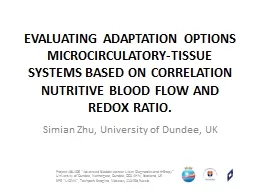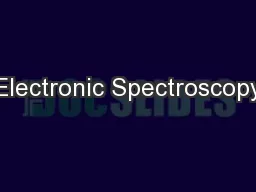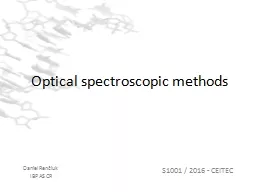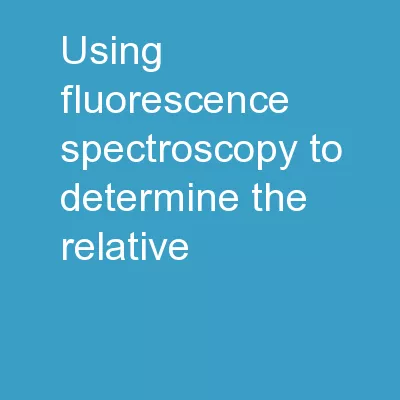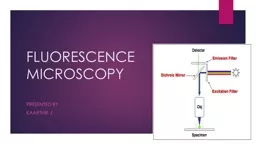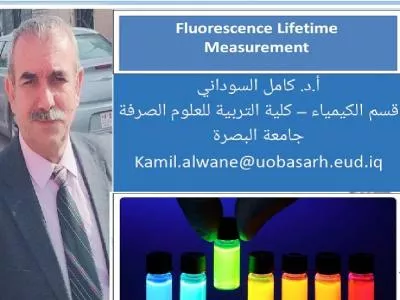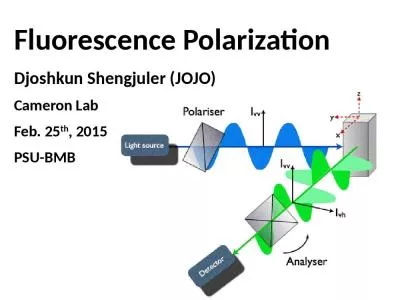PPT-Multiplexed Fluorescence Unmixing
Author : BlueEyedBeauty | Published Date : 2022-08-03
Marina Alterman Yoav Schechner Aryeh Weiss Technion Israel Bar Ilan Israel 2 Natural Linear Mixing Raskar et al 2006 ImageJ image sample collection c c i i
Presentation Embed Code
Download Presentation
Download Presentation The PPT/PDF document "Multiplexed Fluorescence Unmixing" is the property of its rightful owner. Permission is granted to download and print the materials on this website for personal, non-commercial use only, and to display it on your personal computer provided you do not modify the materials and that you retain all copyright notices contained in the materials. By downloading content from our website, you accept the terms of this agreement.
Multiplexed Fluorescence Unmixing: Transcript
Download Rules Of Document
"Multiplexed Fluorescence Unmixing"The content belongs to its owner. You may download and print it for personal use, without modification, and keep all copyright notices. By downloading, you agree to these terms.
Related Documents

